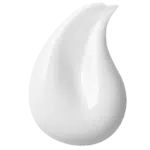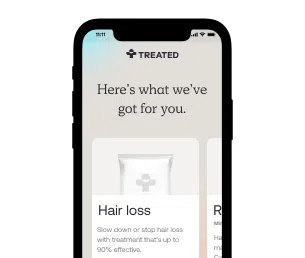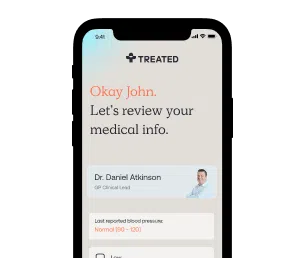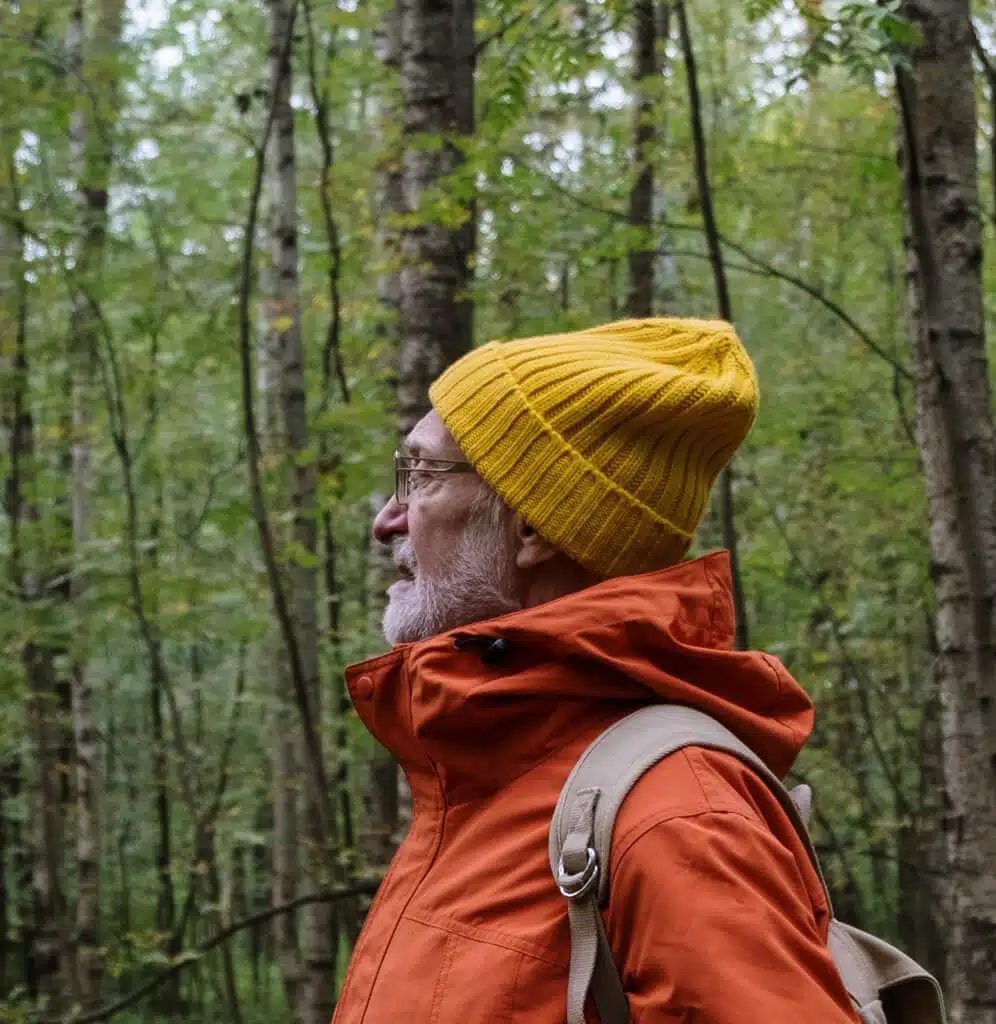Chilblains
Creams to soothe pain and irritation.
Secure delivery
UK clinicians
Chilblains are red or purple patches that appear on your skin when you get exposed to the cold, which can be itchy or painful.
Talk to us about your health, and get treatment recommendations from our experts. Order chilblains treatment online and get expert medical advice.
Chilblains are small patches that appear on your skin after exposure to the cold. These patches are usually red or purple in colour and tend to be itchy, uncomfortable and, in some cases, painful. Chilblains are considered chronic (meaning that they can become a consistent problem), so much so that your skin might become scarred and discoloured.
Usually chilblains appear on your fingers and toes, but they can also appear in other areas. Your hands tend to be affected the most, since it tends to be the part of the body that’s most commonly exposed to the outside elements.
Anyone can experience chilblains at any time of their life. But some studies have suggested that they might be more likely to affect women. One study in particular found that 79% of the people affected by chilblains were women, but the number of people who participated in the study was only 104, so the sample size was small.
There’s no reliable data available on just how common chilblains are, so we aren’t entirely sure. But it’s thought that you’re more likely to develop them if you have a family history of it, are underweight, or have a vascular condition that affects the blood flow to your extremities.

How we source info.
When we present you with stats, data, opinion or a consensus, we’ll tell you where this came from. And we’ll only present data as clinically reliable if it’s come from a reputable source, such as a state or government-funded health body, a peer-reviewed medical journal, or a recognised analytics or data body. Read more in our editorial policy.
Chilblains are usually idiopathic, meaning that their cause is unknown. But some cases are thought to be caused by a problem with the blood vessels that constrict in response to cold temperatures.
On rare occasions chilblains can be caused by other disorders such as lupus, or blood conditions such as leukaemia. Poor circulation and low body weight can also be risk factors.
The ‘trademark’ symptom of chilblains is the red or purple patches on your skin, particularly on your extremities, such as your fingers, toes, nose, and ears. These patches can be itchy, uncomfortable, and even painful.
Chilblains can become infected if your skin is broken, this is why it’s important to soothe your skin as much as possible by using lotion or Balmosa cream. Rubbing your skin to heat it up and applying direct heat can also lead to chilblains breaking. Scratching is a big factor too, so try to avoid doing this where possible. Most products that soothe the skin will help you to resist the urge.
If you notice any signs of infection, such as swelling, a burning sensation, changes in the colour of the chilblains, blistering, ulcers, and pain, you should contact your clinician as soon as possible so you can get treatment.
Chronic chilblains can sometimes cause scarring of the skin, as well as a permanent change in the skin tone of the affected area.

How we source info.
When we present you with stats, data, opinion or a consensus, we’ll tell you where this came from. And we’ll only present data as clinically reliable if it’s come from a reputable source, such as a state or government-funded health body, a peer-reviewed medical journal, or a recognised analytics or data body. Read more in our editorial policy.
One of the most commonly prescribed treatments for chilblains is Balmosa cream, a topical ointment that can soothe and warm your skin, easing the uncomfortable symptoms of chilblains. Balmosa cream can also stop you from scratching, which prevents the chilblains from breaking and becoming infected.
Balmosa cream is the only medication recommended to treat chilblains, but you might also be prescribed antibiotics by a clinician if your chilblains break and become infected.
Treatments that soothe your skin are usually helpful for people with chilblains. But this is usually done in combination with lifestyle changes that aim to prevent the chilblains from getting worse. The lifestyle changes include wearing warmer clothing (including gloves, a hat and preferably a face covering), avoiding damp environments, and quitting smoking if you’re a smoker.
Not necessarily. More severe cases of chilblains will definitely need treatment, though - especially if it’s a recurrent issue and there’s scarring of the skin. But sometimes you might find that your chilblains get better on their own after a few weeks, provided that you avoid getting exposed to cold temperatures for long periods.
It’s hard to say how long chilblains last, but if you’ve had them for a while and are getting worried you should contact a clinician. They’ll be able to advise you on how to proceed, as well as recommend the right treatment for you if you need it.

How we source info.
When we present you with stats, data, opinion or a consensus, we’ll tell you where this came from. And we’ll only present data as clinically reliable if it’s come from a reputable source, such as a state or government-funded health body, a peer-reviewed medical journal, or a recognised analytics or data body. Read more in our editorial policy.
Have something specific you want to know? Search our info below, or ask our experts a question if you can’t find what you’re looking for.
Clinical Characteristics, Etiologic Associations, Laboratory Findings, Treatment, and Proposal of Diagnostic Criteria of Pernio (Chilblains) in a Series of 104 Patients at Mayo Clinic, 2000 to 2011. Mayo Clinic Proceedings, 89(2), pp.207–215.
Chilblains - Diagnosis and treatment - Mayo Clinic.

Topical treatment that eases the pain and warming of chilblains.

Registered with GMC (No. 4624794)
Meet Daniel
Registered with GPhC (No. 2202465)
Meet Sanjeda
Registered with GPhC (No. 2070724)
Meet Craig
Always read the leaflet that comes with your medication and tell us about any side effects you get.
We know health, but you know you.
Our experts tell you what’s safe, but you decide what’s best.
Answer a few questions and tell us about yourself. Get tailored advice from our clinicians so you can choose better.

Choose your treatment and how often you have it delivered.

We know things change. It’s the nature of life. We’ll check in regularly to make sure your treatment is still right for you.
Pause. Change. Skip. Start again. Any time you like.
Here are some other things we can help with.
Choose from our range of tablets and solutions. Get ongoing care and support from our experts.
Stop smoking treatments that can help you kick the habit forever, and reduce your risk of disease.
Tablets or injections. Tailored weight loss treatments combined with ongoing support from our experts.
All the info related to chilblains you could ever need.
Take a look at our health guides.

Find treatment Male health Erectile dysfunction Hair loss Premature ejaculation Benign prostatic hyperplasia See more treatments Female health Contraception HRT Heavy periods Vaginal thrush Morning after pill See more treatments General health Diabetes Weight loss Stop smoking See more treatments FAQ Search Sign in Get in contact Fact Checked Fact Checked This article has […]
Read moreWe're making healthcare more about you. Sign up to our newsletter for personalised health articles that make a difference.
Disclaimer: The information provided on this page is not a substitute for professional medical advice, diagnosis, or treatment. If you have any questions or concerns about your health, please talk to a doctor.
We couldn't find what you're looking for.
Here's everything we treat. Or, if you're looking for something we don't have yet, you can suggest something.
If there’s a particular treatment or condition you’re looking for, tell us and we’ll look into it for you.
Submit your question here, or tell us if you’ve found an issue on our site.
We’ll get back to you very soon. We aim to respond to all queries in one working day.
You’re signed up to our newsletter. Keep an eye on your inbox for our latest update.
By clicking 'Subscribe now' you're agreeing to our Privacy Policy.
We’ve sent you an email asking you to confirm your email address.